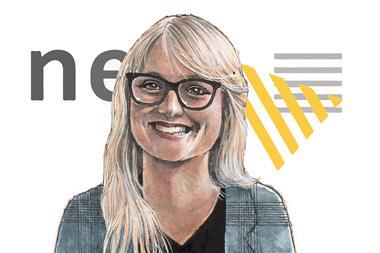New research shows that although the UK’s auto-enrolment system has seriously widened access to workplace pensions with a 3% employer contribution or more, most firms are unlikely to voluntarily increase the contributions they make in the next few years.
The study published by NEST Insight, the research unit of UK master trust NEST, also found that while many employers did offer above-minimum employer contributions, these were often not directed at people who might be most in need.
Overall, the study – which was backed by abrdn Financial Fairness Trust – found that four out of 10 employees worked for an organisation offering the minimum 3% employer contribution to all their workers, and a further two in 10 employees worked for an employer that offered the minimum contribution to some of their employees.
Some 51% of employers said that was because they could not afford to contribute more and 26% said they did so because they were prioritising putting money into base salaries, according to the poll.
NEST Insight said it found that employers saw very limited opportunity to voluntarily increase their contributions rates, but did show interest in innovations.
“The current challenging economic context, the inflexibility of legacy systems and the complexity of some employers’ pension provision all act as strong barriers, even when employers would like to make changes,” the research arm said.
In the poll, nearly two out of three employers said their organisation was unlikely to voluntarily implement a different approach to pensions contributions in the next two to five years, with this proportion rising to three in four among smaller employers.
“Employers are most interested in innovations that help employees to contribute more without necessarily requiring higher contributions from themselves,” said NEST Insight.
These ideas included salary sacrifice; auto escalation of contributions on the part of the employee; hybrid approaches such having a “sidecar saving” model where staff could build up emergency savings, and a higher default contribution level for employees with the option to reduce it.
Jo Phillips, director of research and innovation at NEST Insight, said it was no surprise employers were most drawn to innovations helping staff contribute more without requiring higher contributions from themselves – given the current economic context.
“This, of course, contrasts with the current policy debate around employer contributions which focuses on re-balancing default minimum contribution rates, often calling for a move to an equal balance of 6% and 6% from the current 3% employer and 5% employee levels,” she said.
But the research also found that employers were more likely to offer above-minimum contributions if they mainly had staff who were salaried, higher earners, highly skilled and/or long-tenure.
“Current approaches were also found to often direct any higher-than-minimum employer contributions to employees who can afford to contribute more, are likely to have greater financial security and be more financially confident,” NEST Insight said.
Karen Barker, head of policy and research at abrdn Financial Fairness Trust, said: “This analysis also shows marked inequalities in who benefits the most from existing schemes which will need to be addressed by employers and policy makers over the long-term to ensure that working for a smaller company or earning a lower salary doesn’t leave a liveable pension out of reach.”
NEST Insight said the survey took in responses from 30 in-depth interviews with UK employers, their advisers and industry bodies, plus a “nationally representative” online survey conducted in March and April 2022 with 500 UK employer pension decision makers.
Read the digital edition of IPE’s latest magazine



















